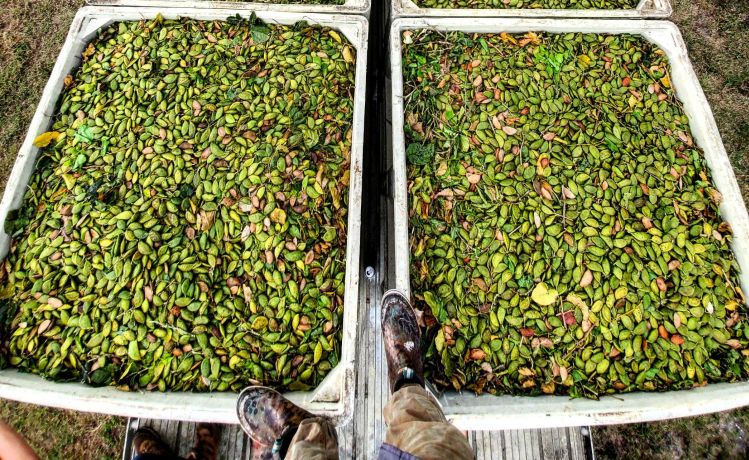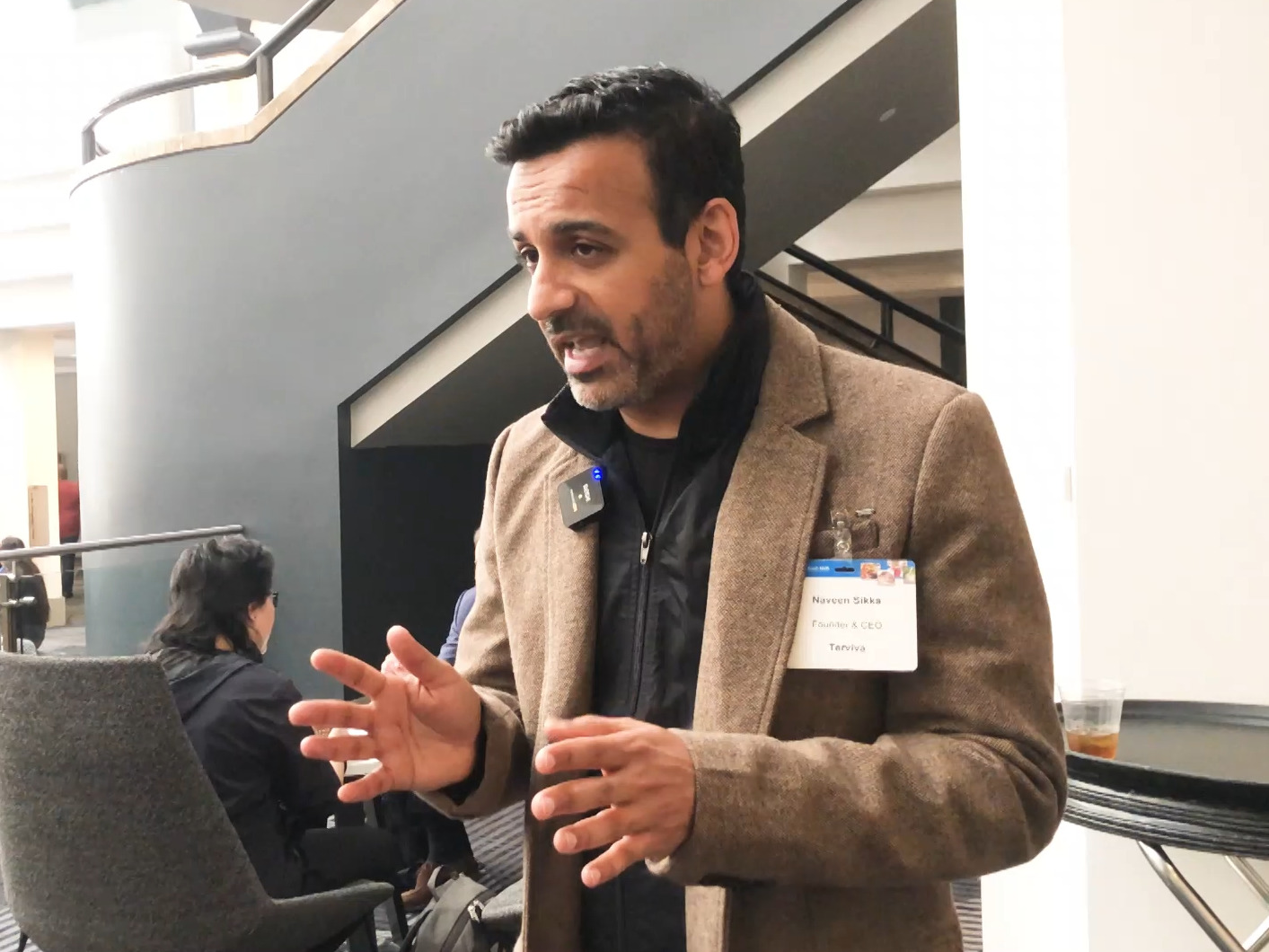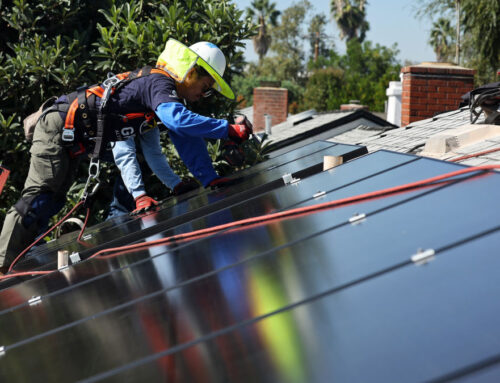Terviva pushes into biofuels after investment from Chevron Renewable Energy Group
October 15, 2024
Terviva, a California-based firm making food, feed and fuel from pongamia trees, has bagged an undisclosed investment from Chevron Renewable Energy Group, one of the largest biodiesel producers in the US.
Together, the two companies plan to scale Terviva’s pongamia-growing operations and drive greater availability of the low-input crop as a “second generation” feedstock for renewable fuels, Terviva CEO Naveen Sikka told AgFunderNews.
“We are not disclosing the size [of the capital injection], but with this investment, Chevron becomes a strategic partner to help us expand our business.”
Under the deal, he said: “We are working closely with Chevron on offtake of products from pongamia beans and expansion of pongamia tree plantings in various geographies. Our partnership with Chevron does not impact our partnership with Mitsubishi Corporation, which continues to be a key strategic partner and supporter of our mission.”
“Increasing the availability of lower carbon feedstocks for renewable fuels production is going to be an essential component for continued growth of the biofuels industry.” Jan Slaghekke, VP business development and international operations, Chevron Renewable Energy Group.
Pongamia: A second generation biofuel feedstock?
As pongamia trees thrive on underutilized or “tier two agricultural land,” they don’t displace food production, unlike first generation biofuels from soy, corn, and sugarcane, claims Terviva, which was founded in 2010 by Sikka along with Maggie Kavalaris, Anne Slaughter, and Joe Andrew.
The ultimate ‘climate-smart’ crop, drought-tolerant Pongamia trees produce significantly more biomass per acre than soybeans with a fraction of the inputs but are sometimes referred to as ‘vertical soy’ as they produce seeds with high levels of protein and oil (the oil content in Terviva’s cultivars is 35-40%, claims the firm).
Crude pongamia oil—which has an “ultra-low carbon intensity score” according to Terviva—can be converted into biodiesel, renewable diesel, or sustainable aviation fuel.
“From a technical and pricing perspective,” said Sikka, “pongamia oil is very similarly to other vegetable oils that are used for renewable diesel and SAF. But as a crop, pongamia trees comparatively produce more oil per acre with lower water, fertilizer, and chemicals usage, thereby lowering the greenhouse gas intensity per unit of pongamia oil feedstock. We also often grow pongamia trees on existing agriculture land that is no longer suited for other crops. In this way, we regenerate that land both biologically and economically.”

‘Reproducible and consistent high yields’ on tier two agricultural land
Terviva has historically sourced pongamia beans from India as it builds up a domestic network of growers.
However, it has also built an IP platform around high-yielding pongamia trees coupled with propagation techniques that deliver scalable, consistent crops in a variety of locations including Florida, Hawaii, and Australia.
According to Sikka: “We have already begun to sell pongamia oil feedstock through our ISCC-certified supply chain in India. This supply chain involves the procurement of beans throughout India, along with the crushing and sale of co-products. Outside of India, we have a few thousand acres already planted between the US and Australia, with plans to expand in these regions and others. Also in the coming years, we will scale up the sale of higher-value co-products, which will drive our costs even lower for pongamia oil feedstock.”
Pongamia oil and protein for food and feed
Asked about the food and feed side of the business, he said: “Pongamia meal is not usable as an animal feed ingredient without careful processing. We are the only company to have perfected and patented this processing, and we have successfully demonstrated the usage of pongamia meal in different animal species at both universities and now with customers.”
As for higher-margin human food markets, he said, Terviva has developed proprietary techniques that remove anti-nutritional components during processing, opening up new markets in food applications that will ultimately be a key part of the business along with feed and fuel. “To grow the most pongamia possible, we need to maximize the income of the farmers who grow pongamia with us. That requires a mixture of products that provides diversification against the risk of a downturn in any one market.
“We have invented and patented processing methods that create edible products from the inedible oils and proteins of the pongamia bean. But we don’t want to go it alone on the manufacturing of these edible products at scale, so we’ve been working for over a year now on a manufacturing partnership that we expect to announce soon.”

Search
RECENT PRESS RELEASES
Related Post




